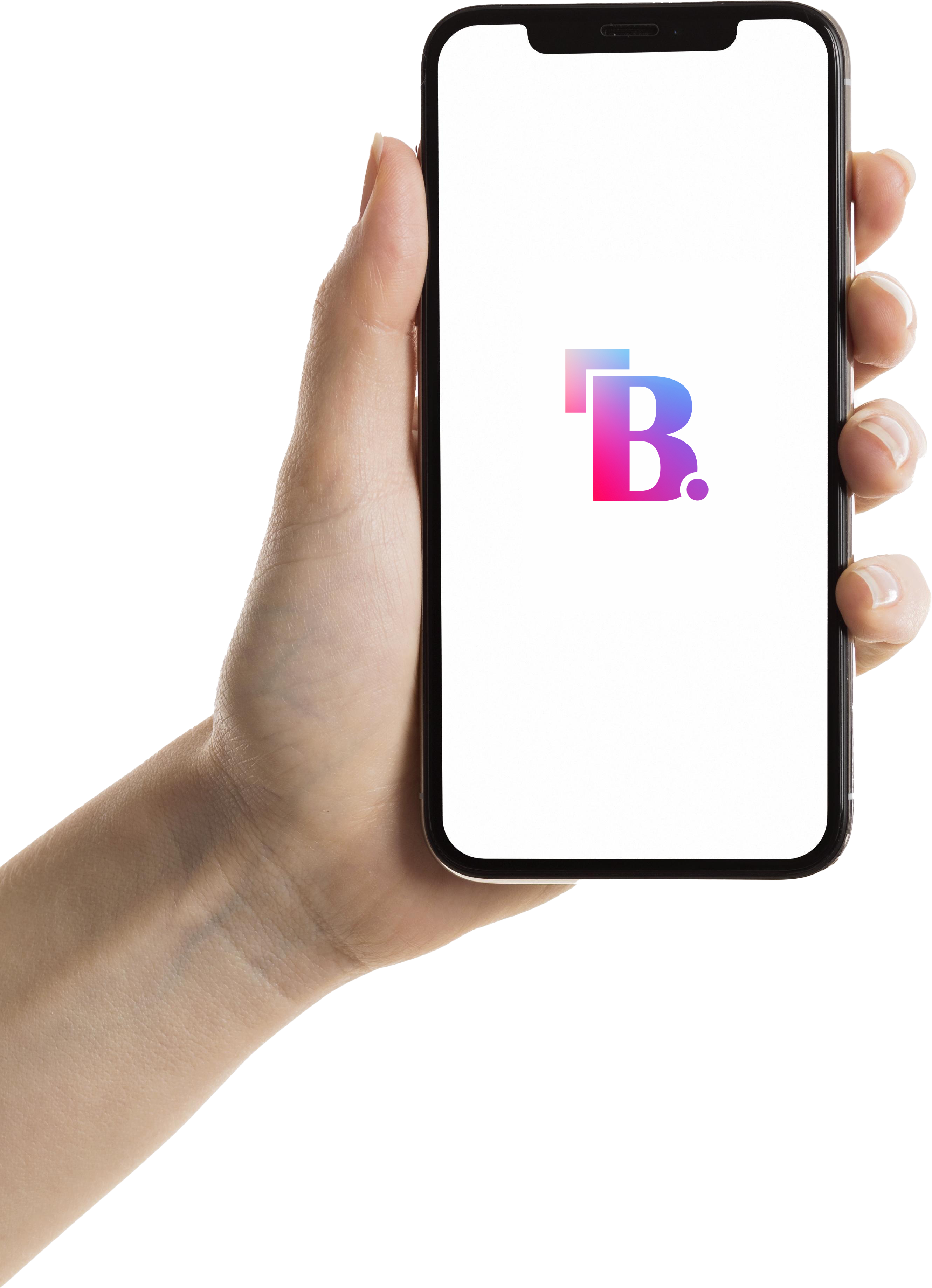Supreme Marketing Strategy
Supreme’s Marketing Strategy: Cult Status, Culture, and Controlled Chaos
Supreme has become much more than a clothing label — it is a cultural cornerstone of modern streetwear. Founded by James Jebbia in 1994 in New York City, what began as a small skate shop evolved into a global icon that merges fashion, music, art, and rebellion. At the heart of Supreme's meteoric rise lies a meticulously designed strategy that thrives on exclusivity, community connection, and cultural influence.
Brand Origins and Philosophy
Emerging from NYC's downtown counterculture, Supreme set itself apart from traditional fashion by championing skateboarding, hip-hop, and underground art. Its instantly recognizable red-and-white box logo (inspired by artist Barbara Kruger’s aesthetic) symbolizes both minimalist design and anti-establishment attitude. Over time, Supreme evolved into a lifestyle statement embraced by fans, collectors, and celebrities alike.
Supreme’s Core Marketing Strategy: Engineering Hype and Loyalty1. Scarcity Creates Demand
A cornerstone of Supreme’s success is its strict control over product supply. New items drop weekly — usually on Thursdays — in limited quantities, often selling out in minutes. This planned scarcity fuels a sense of urgency and prestige, making every item feel like a rare find. The result? Long queues, crashing websites, and resale markets where prices can skyrocket.
This model doesn’t just create FOMO (Fear of Missing Out); it builds anticipation and community rituals around each drop, turning shopping into an experience.
2. Powerhouse Collaborations
Supreme has mastered the art of the collaboration — partnering with everyone from street legends to luxury labels. These collaborations bring fresh creative energy, cross-pollinate fan bases, and extend Supreme’s reach beyond its core audience.
Some landmark collabs include:
-
Nike: Streetwear essentials blended with sportswear legacy.
-
Louis Vuitton: A disruptive fusion of haute couture and street style.
-
KAWS, Damien Hirst, Jean-Michel Basquiat: Infusing fashion with modern art.
-
The North Face, Vans, Comme des Garçons: Marrying functionality and flair.
Every collaboration serves a dual purpose: artistic innovation and marketing gold. These alliances keep Supreme culturally relevant and highly visible.
3. Celebrity and Influencer Magnetism
While Supreme doesn’t actively pay for endorsements, it thrives on organic celebrity association. High-profile names like Drake, Travis Scott, Tyler, The Creator, and even athletes like Odell Beckham Jr. have been spotted in Supreme gear, boosting its visibility across genres.
This subtle celebrity alignment not only validates the brand in popular culture but also deepens its influence with younger audiences who idolize these figures. Supreme doesn't chase celebrities — it attracts them, and that’s part of the appeal.
4. No Traditional Advertising? No Problem.
Supreme’s marketing magic is built on word-of-mouth and earned media. You won’t see billboards or television ads — the hype is fan-driven. Teaser posts, cryptic previews, and community speculation do more than any commercial could. This keeps the brand underground and desirable.
Even Supreme’s website and social platforms are minimalist, reflecting its anti-mainstream identity. The brand stays culturally “cool” by avoiding the over-commercialization seen in other labels.
5. Building a Tribe, Not Just a Customer Base
Supreme nurtures a deep sense of belonging among its fans. Whether it’s the thrill of drop days, line culture, or online discourse, the community is at the core of the brand. Physical stores, with minimalist yet artistic interiors, are gathering spots for like-minded enthusiasts.
On social media, Supreme keeps engagement high with just enough mystery and access. Their global presence may be growing, but the brand experience still feels personal and exclusive.
6. Art, Rebellion, and Culture
Supreme doesn’t just sell clothes; it sells a message. With collections often drawing from punk, skate, and political art, the brand embraces themes of protest, irony, and resistance. Limited runs of politically charged pieces or collaborations with radical artists amplify this image.
This rebellious branding appeals strongly to youth culture — especially Gen Z and Millennials who admire authenticity and cultural commentary. Supreme has become a wearable statement, not just a style.
Supreme’s Marketing Mix (The 4Ps)Product: Fashion Meets Subculture
Supreme offers a rotating catalog of T-shirts, outerwear, hoodies, accessories, skateboards, and lifestyle items. What makes these products different? Artistic collaborations, bold statements, and limited availability. Products are seen as collectibles — not just apparel — which elevates their perceived value.
Every drop introduces something new, from apparel to surprise accessories (like fire extinguishers or brick-shaped paperweights), constantly keeping fans intrigued.
Price: From Affordable to Aspirational
Supreme uses a mixed pricing model — while some basics are accessible, limited-edition collaborations can be priced much higher. This tiered structure appeals to both budget-conscious fans and high-end collectors.
The scarcity model also drives resale prices far beyond retail value, adding to the brand’s mystique and elevating Supreme into the realm of investment fashion.
Place: Scarcity by Design
Supreme’s retail footprint is deliberately limited. Its stores are located in major urban centers such as New York, London, Paris, Tokyo, and Los Angeles — cities aligned with youth, fashion, and culture. These flagship locations aren’t just sales points — they’re cultural landmarks.
Online drops, on the other hand, offer global access but come with fierce competition. By controlling when, where, and how its products are released, Supreme heightens demand and keeps the experience engaging.
Promotion: Organic and Cultural
Supreme’s promotional model is driven by culture, not campaigns. Rather than rely on big-budget ads, the brand leans into:
-
Collaborations (which promote themselves),
-
Viral social media posts,
-
User-generated content,
-
Celebrity sightings, and
-
Limited product previews.
Each release becomes a social event, and fans do most of the promotion through hype, conversation, and community engagement.
Conclusion: What Makes Supreme Supreme?
Supreme’s rise is no accident. It’s a result of purposeful choices — restricting supply, cultivating culture, collaborating with intent, and building a brand that represents more than fashion. The brand has turned marketing into a cultural conversation, making every product drop a statement and every fan a promoter.
For startups and marketers, Supreme teaches us that exclusivity, authenticity, and cultural resonance are more powerful than any billboard. When you turn your audience into a tribe, your brand becomes unstoppable.
Popular Posts

OM Redox - Your Oxygen Box
OM Redox Your Oxygen Box is a convenient, portable oxygen provider, ready to use at the touch of [...]

Best Website Development Technology
PHP is often regarded as one of the best technologies for website development due to its flexibil [...]

Bira 91 Markeing Strategy- First Craft Beer of India
Beer enthusiasts are well aware of the wide range of options available, whether they're at a bar [...]




